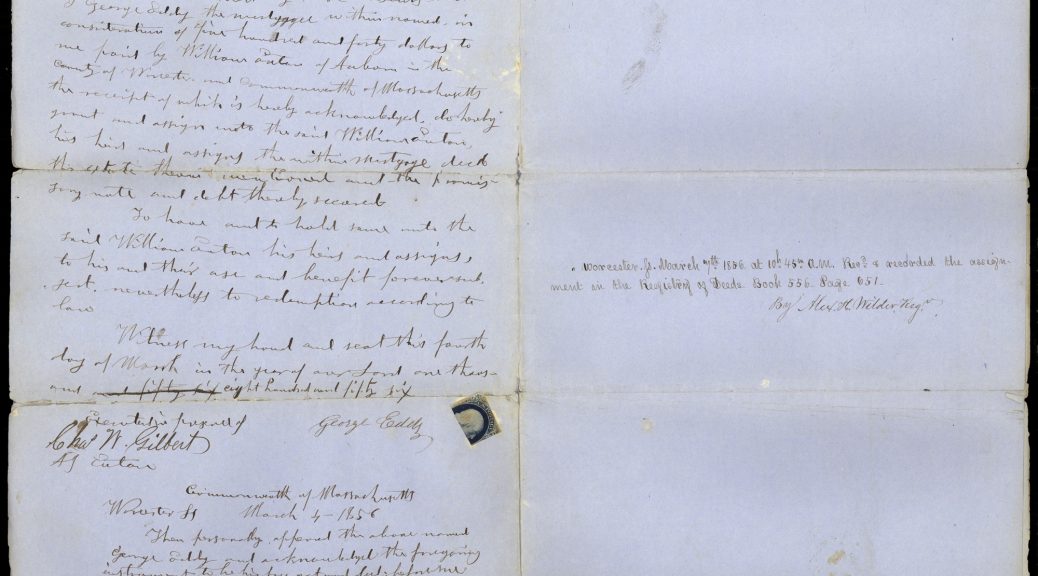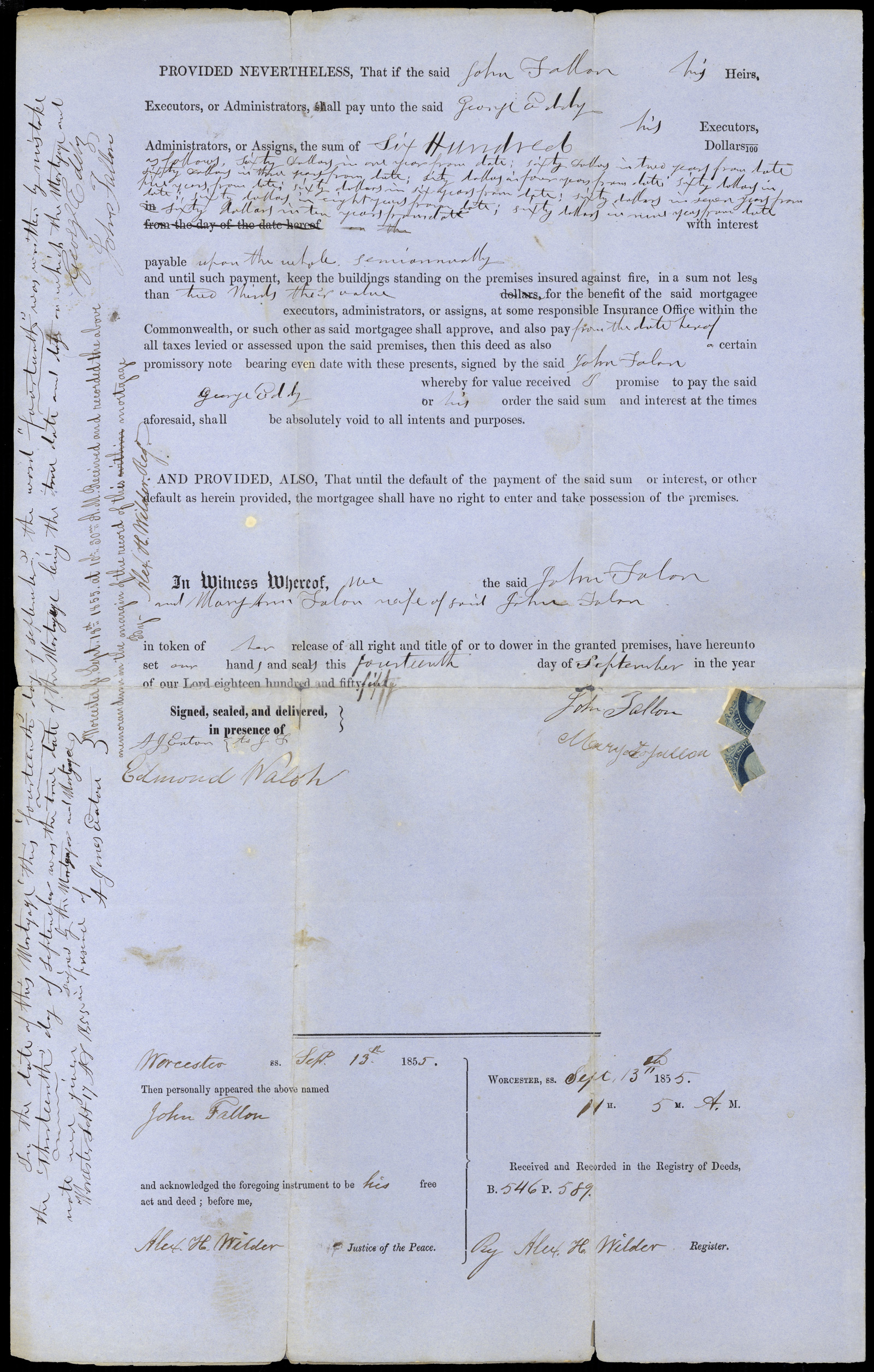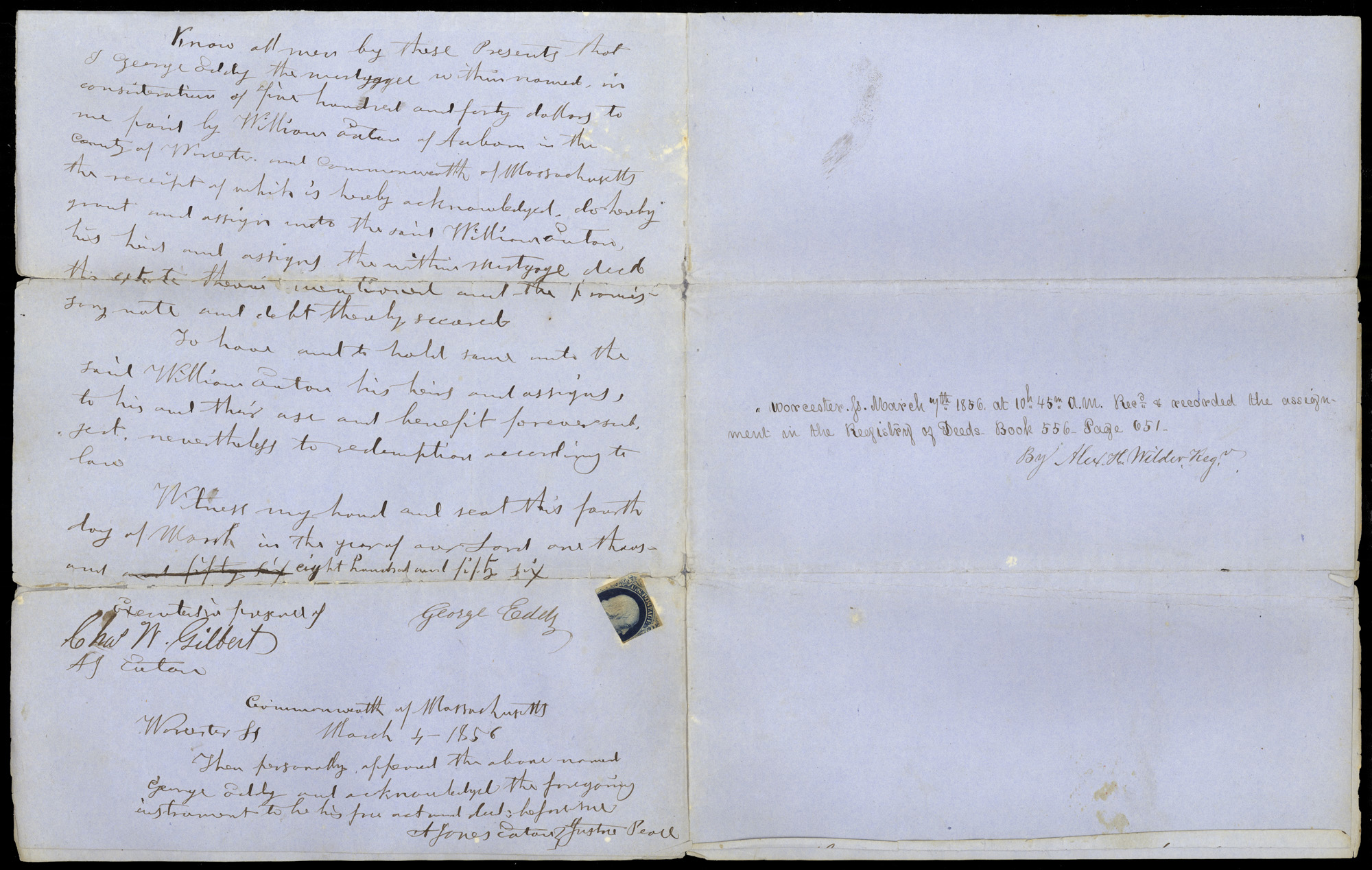
What Is The Technical Philatelic Term For These?
I’ve seen documents with these before, but I don’t know what to call them. This document was in a lot of illegal usages of postage stamps used as revenues, but I’m sure these are not revenue-related, as there was no revenue tax in effect in 1855.
The bisect and quadrisect pieces are not initialed in any way, but are positioned right next to signatories to the document. So were these used in lieu of a notary embossed stamp?
What is the significance of using pieces of postage stamps for this purpose and does the proportion of the stamp used have any significance?
From John Becker:
I seem to recall Ron Burns has written up one of these (and yes, he had a word for its use), along the lines that portions of a stamp were distributed to remotely located parties who were sign a legal document, this being a way to verify the validity of the signatures by being next to the pieces of the stamp which would obviously fit back together. Almost like a miniature indenture cutting. The use of a stamp was merely a convenience item, which would essentially self-notarize each signature. It was never intended to have any purported postal or revenue value, thus nothing “illegal”.
See Ron Burns’ article on page 266+ of the Aug 2015 Chronicle on Sigillum usage.
From Eric Jackson:
They are used as seals for the signature. Quite often you will see die cut wafers, sometimes a small piece of paper cut to various shapes, selvage from sheets of stamps, red sealing wax, or whatever was available. Start looking at documents from the 18th and 19th centuries and you will see a variety of seals.

